The natural light portraiture was not one of my favorite assignments at all. I do not really see how taking a picture of someone close up and in light can turn out to be a beautiful picture. This is just my personal opinion of course but I think pictures of nature and images with majestic backgrounds look much better. Here are the pictures I took for this assignment though.
Wednesday, December 18, 2013
Friday, December 6, 2013
Natural Light pre assignment
For this assignment we need to take a picture of someone that we know with a window behind them to provide natural light for the portrait. The portrait should represent who the person is for example the cook of the family might be wearing an apron holding a spatula or something. The natural light should make the portrait of the person you are taking a picture of look unique and beautiful like the picture below.


Wednesday, December 4, 2013
The Big Project Pre assignment post
For the big project I am going to take pictures that resemble Whit Richardson's landscapes of nature. I am mostly interested in his landscapes of mountains rather than his desert landscapes. His photographs of extreme sports like biking and skiing also interest me a lot but we are not allowed to choose more than one type of photograph to take for the rest of the year so I decided to choose to take images resembling his mountain landscapes. All of his images are in color so I no longer have to make my images in black in white which in my opinion usually makes the picture look more dull and less beautiful. These are just a couple of the images that Whit Richardson took that I admire.
 |
 |
Monday, December 2, 2013
Near and Far Post Assignment
I really enjoyed this near and far assignment mainly because it gave me the chance to take cool photographs of nature which is one of the main reasons I am taking photography. The pictures I took are from the top of my mountain in Maine and I brought my camera up there because I knew that I would be able to get some fantastic shots. The only part about this assignment that I did not really like is how we have to have it in black and white. Although some pictures look much better in black and white I think it takes the beauty out of most pictures especially those of nature. Here are some of the pictures that I took for this assignment. Even though I took at least 200 hundred pictures over the course of the weekend these are the ones that I like the most.
Monday, November 25, 2013
Wednesday, November 20, 2013
Near and Far Pre-Assignment
For the near and far assignment we are taking a picture based on Ansel Adam's landscapes. We need to set our cameras to the largest aperture to capture the greatest depth of field. In the photograph we take there should be something close and something far away and we need to focus on something in between so that the near and the far subjects are not blurry and the whole picture is clear and beautiful. Below is one of Ansel Adam's landscapes and our picture should look similar to this one. He got the trees up close in nice detail but also has the river, the valley, and the mountains all in focus and clear.


Monday, November 4, 2013
Lewis Hine
Lewis Wickes Hine was born September 26, 1874 in Oshkosh, WI. He was an American sociologist and photographer and he used his camera as a tool for social reform. He studied sociology at University of Chicago Columbia, and New York. In 1906, Hine became part of the Russel Sage Foundation where he photographed life in the Steel making districts called the Pittsburgh Survey. Then in 1908 he joined the National Child Labor Committee leaving his teaching career. He also worked with the American Red Cross relief work in Europe. At the end of his life few people were interested in his work anymore and he died on November 3, 1940 at Dobbs Ferry Hospital in New York.


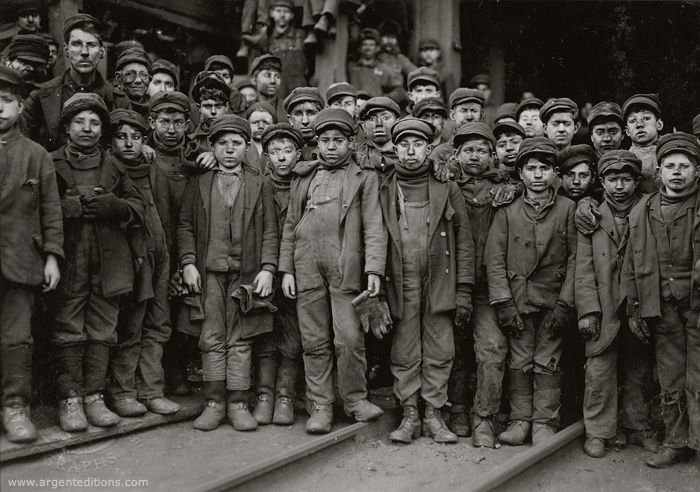



Edward Weston
Born MArch 24,1886 in Highland Park, IL Edward Henry Weston was a popular American photographer in the twentieth century. Some people have even called him "one of the most innovative and inspirational photographers in America." and One of the master of twentieth century photography. He married Charis Wilson in 1939 and had two kids, Brett Weston and Cole Weston. He photographed a wide variety of subjects such as landscapes, still life's, nudes, portraits genre scenes, and parodies. He was the first ever photographer to get the Guggenheim Fellowship and he produced over 1400 negatives in the next year. Weston didn't move to California until he was 21. Then in 1947 he was diagnosed with Parkinson's Disease and stopped photographing soon. He died January 1, 1958 in Big Sur, CA.






Walker Evans
Walker Evans was an American photographer born November 3, 1903, St. Louis, MO and died on April 10, 1975 in New Haven CT. Evans is well know for his work for the Farm Security Administration documenting the effects of the great depression. Many think of Walker Evans as the single most influential artist of photography in the 20th century because of his clear photography and articulate publications. He went to Williams college for a year and quit to move to NY, working in libraries and bookstores. In September 1938 in the Museum of Modern Art opened up the American Photographs exhibit, a retrospective of Evans first ten years in photography. Evans took his last photographs on the Polaroid SX-70 and an unlimited supply of film from the manufacturer.
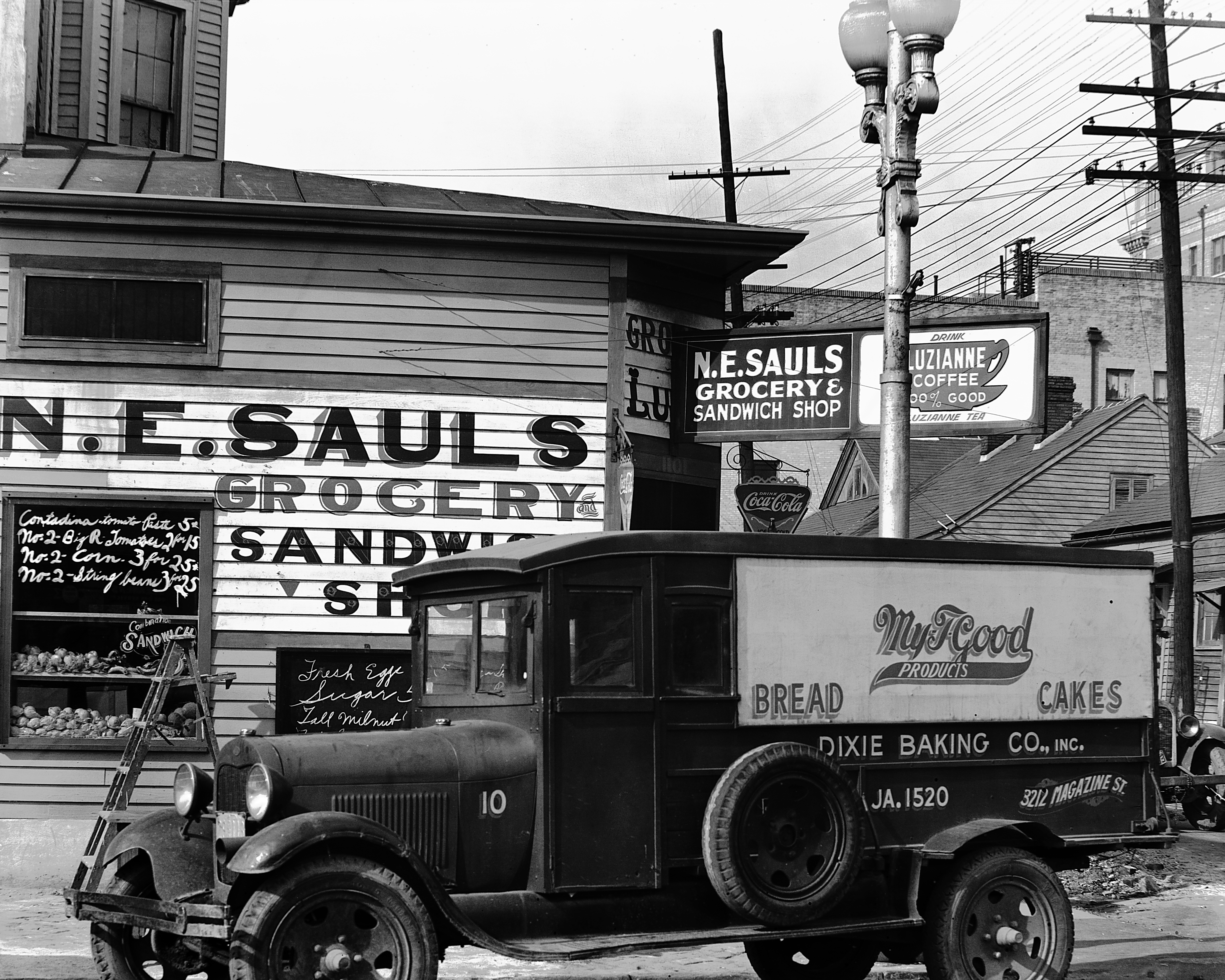





Thursday, October 31, 2013
Edward Steichen
Edward Steichen or Eduard Jean Steichen was an American painter and photographer as well as a museum curater. He was born in Luxemborg on March 27, 1879 and died March 25 1973 in Redding, CT. Steichen met Alfred Stieglitz in 1900 in New York and in their meeting Stieglitz complimented Steichen and bought three of his prints. His first wife Clara Smith he married in 1903. They had two daughter Katherine and Mary, then got a divorcein 1922. In 1923 Steichen married Dana Desboro Glover but she died of leukemia in 1957. He married his last wife in 1960 named Joanna Taub. Edward was the first person in the United States to use the Autochrome Lumiere process with color photography in 1904. In 1963 on December 6 he was presented with the Presidential Medal of Freedomby Lyndon Johnson.





Wednesday, October 30, 2013
Gertrude Kasebier
Gertrude Kasebier is know as one of the most influential American photographer of the 20th century. Her images were often depictions of motherhood and strong native Americans. She was born May 18 1852 in Fort Des Moines. After her father died in 1864 her family moved to Brooklyn, New York.She married Eduard Kaebier in 1874 who was a wealthy New York businessman and they moved to a farm in New Jersey to raise their children. In 1889 she made her family move back to New York so that she could attend Pratt Institute of Art and Design. By 1894 she became obsessed with photography and spent weeks studying the physics behind it in Germany. When her husband died in she focused on nothing but photography and helped establish the Women's Professorial Photographers Association of America. Though many people put her down and insulted her work such as Stiegliz she never gave up. On October 12 1934 Gertrude died at her daughters home and a major collection of her work is at the University of Delaware.


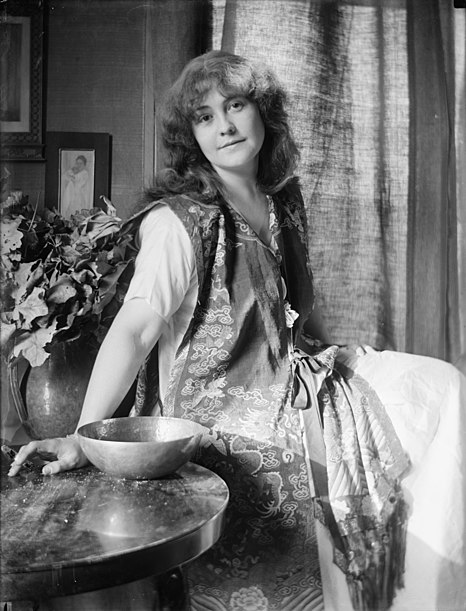



Michael Carroll
I learned about Michael Carroll the photographer while watching the movie Hand Held in photography class. Mike graduated Notre Dame University in 1968. He is the founder and current president of the Romania Children's Relief and their partner charity, Fundatia Inocenti. The first time he went to Romania he got a phone call and was told he had hours to get prepared so he did and traveled there to be the photographer of the trip. When he saw what bad conditions the hospitals were in and especially the orphanages that houses thousands of babies he wanted to try to help. When he came back to the U.S he had major newspapers publish his picture to try to get people to donate money to help save the children in Romania which started the Romania Children's Relief. Since his first trip to Romania he and his foundation have saved the lives of hundreds and maybe thousands of helpless orphans in Romania. Though the conditions there are still pretty bad Mike Carroll made a big difference and helped make the world a better place.


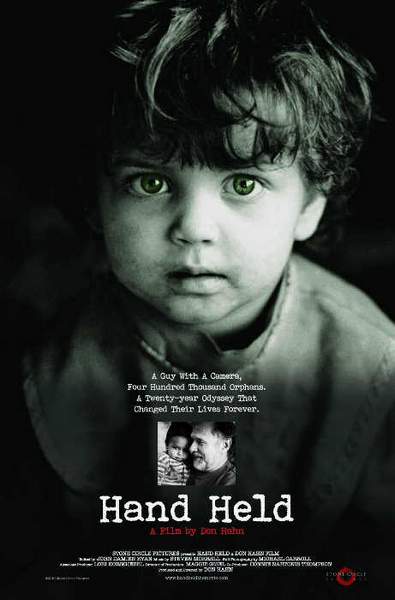


Wednesday, October 23, 2013
Edward S. Curtis
Edward S. Curtis was a photographer and an ethnologist of the western Native American peoples. He was born in Whitwater, WI on February 16, 1868 and died October 19, 1952. The Curtis family moved to Washington in 1887 and that is when Edward started his photography career with Native Americans. He took a portrait of Chief Seattle's daughter, Princess Angeline and won first place in a photography contest with it. In 1899 Curtis participated in the Harriman expedition to Alaska as on of the only two photographer going on that trip. After that he accompanied George Grinell on a trip to Norther Montana where they witnesses the sacred Sundance of two tribes. After that trip it became clear to Edward that he was to record with cameras and pens the life of the North American Indian.He spent the next 30 year documenting over 80 tribes west of the Mississippi and his project won praise from powerful people such as President Roosevelt. He completed his project in 1930 with 20 volumes each having 75 hand pressed photogravures and 300 pages of text.






Monday, October 21, 2013
Jacob Riis
Jacob August Riis was a Danish American journalist and photographer born May 3,1849 in Ribe, Denmark and died May 26, 1914 in Barre, MA. Not only was he a great photographer nut he wrote books as well like The Children of the Poor and How the other half lives. Riis used his photographic and journalistic talents to help the less fortunate in NYC and the poor homeless New Yorkers were the subject of most of his photographs and journals. While he was living in New York Riis experienced poverty for himself as well while he was working as a police reporter writing about life in the slums. He though if he exposed their living conditions to the upper classes it could help to get them out of poverty. Jacob Riis used his photography talents to help make the world a better place and this proves that there really is no limits to photography.

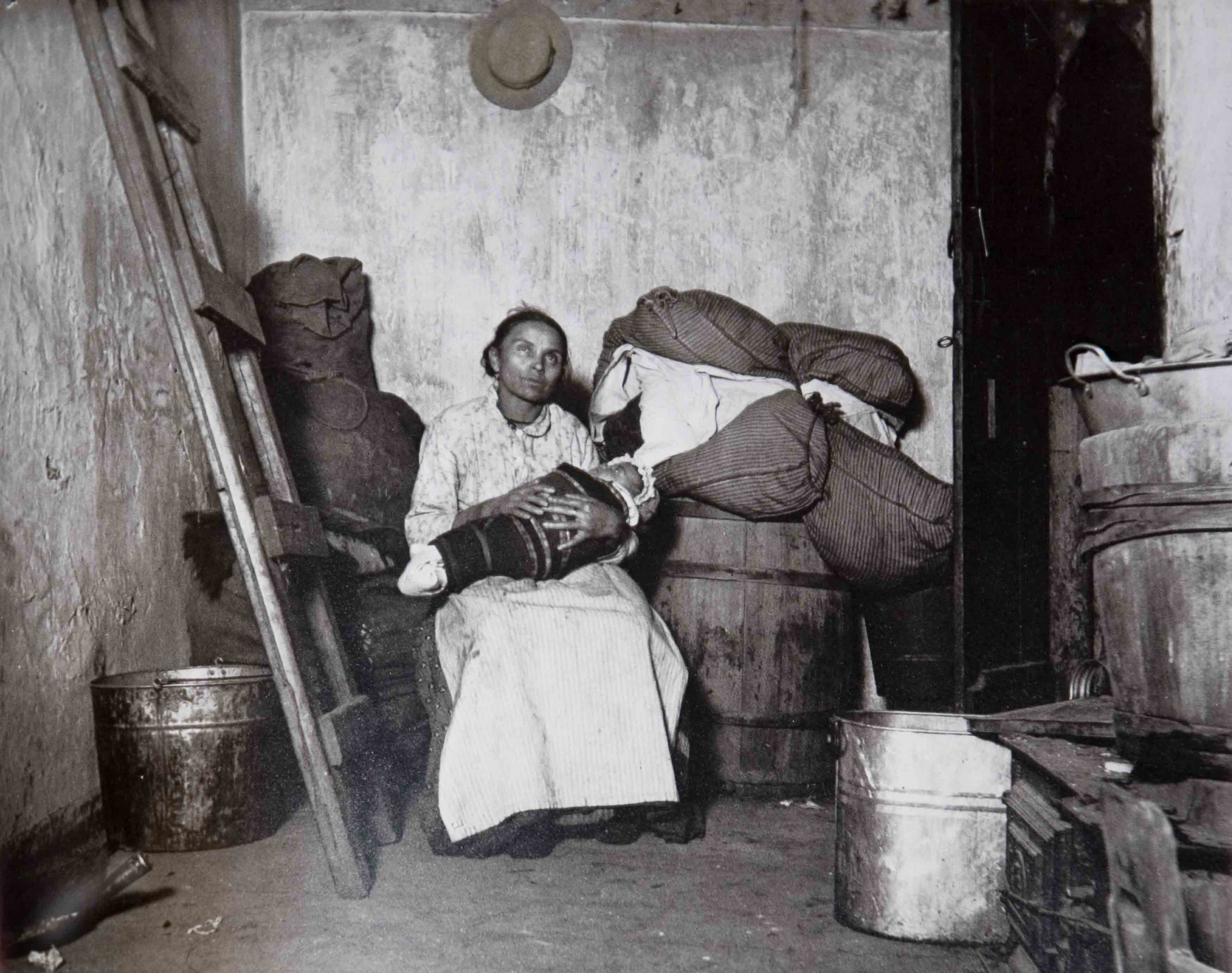




Friday, October 18, 2013
Eadweard Muybridge
Eadweard Muybridge was a famous photographer born in Kingston upon Thames, England on April 9th.1830 and died May 8th, 1904. He is famous for photographing animal and human movements that were imperceptible to the human eye. Through his photography he actually proved that there was movement in a horses gallop when all four hooves were not touching the ground as in the first photo below. Although he considered himself as an artist, while he was working at the university of Pennsylvania he encouraged scientific advance and some may even call him a scientist. In 1887 Muybridge published 781 finished prints he called Animal Locomotive which many viewers see as reliable studies about human and animal movement. Two examples from his Animal Locomotive gallery are shown below.






Shutter Speed Priority
For the shutter speed priority project I took pictures of skateboarding and biking at the O'Maley skate park. Though I wish that I had more time to get better pictures I think that I captured a few good photos of people in action. Rather than take pictures of boring things like walking or running I tried to take pictures of people doing extreme sports at high speeds to really put the shutter speed to work and try to get the best action photo. Though I may come back to this assignment with better pictures because I don't think mine were my best, I am satisfied with the way they came out.
Tuesday, October 15, 2013
Artist Julia Margaret Cameron
Julia Margaret Cameron was born in 1815 and wasn't given a camera until it was 1863. Her daughter gave it to her as a present saying it might amuse her. Julia had many friend's that were some of Victorian England's greatest minds such as painter G.F.Watts or scientist Charles Darwin, and she wanted to be an artist at something like many of her friends were.Within 18 months of her taking pictures 80 prints were sent to the Victoria and Albert museum. She mostly just took pictures of family and friends but dressed them up to show things like innocence and wisdom. Many did not like her photographs and the Photographic journal even wrote an article insulting her work. Her photographs are just mainly about close ups of peoples faces but she is known to have a high spiritual content in her photos.
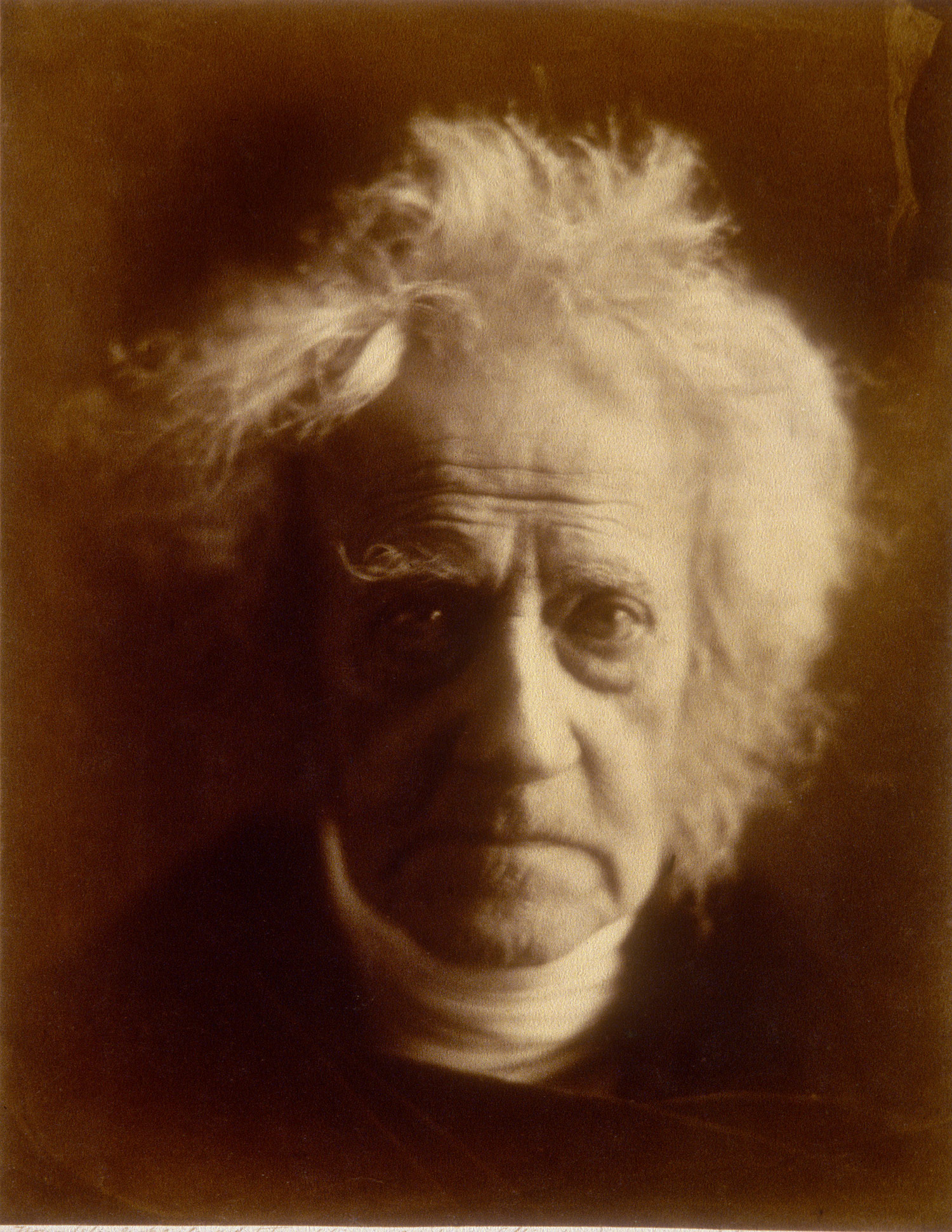
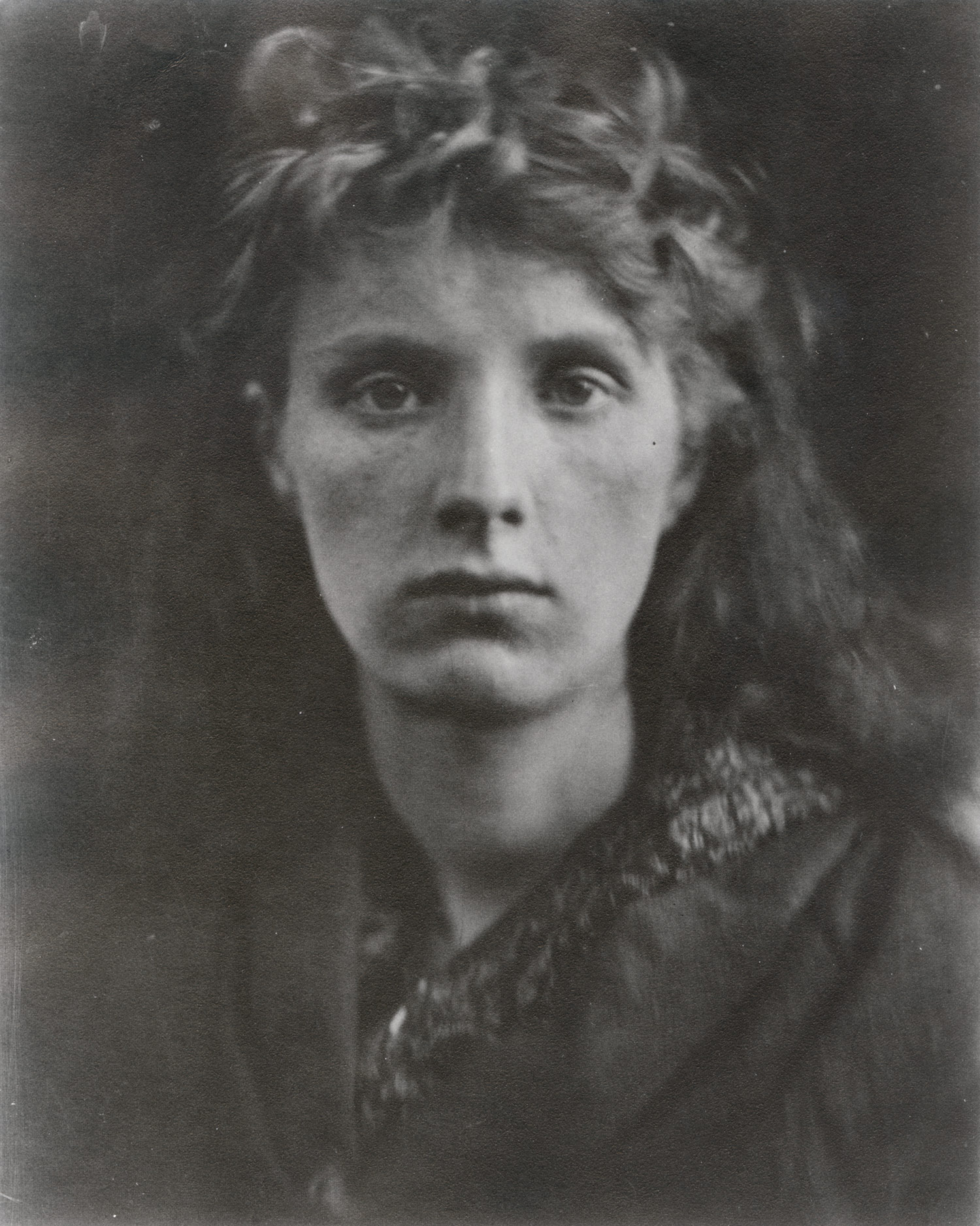
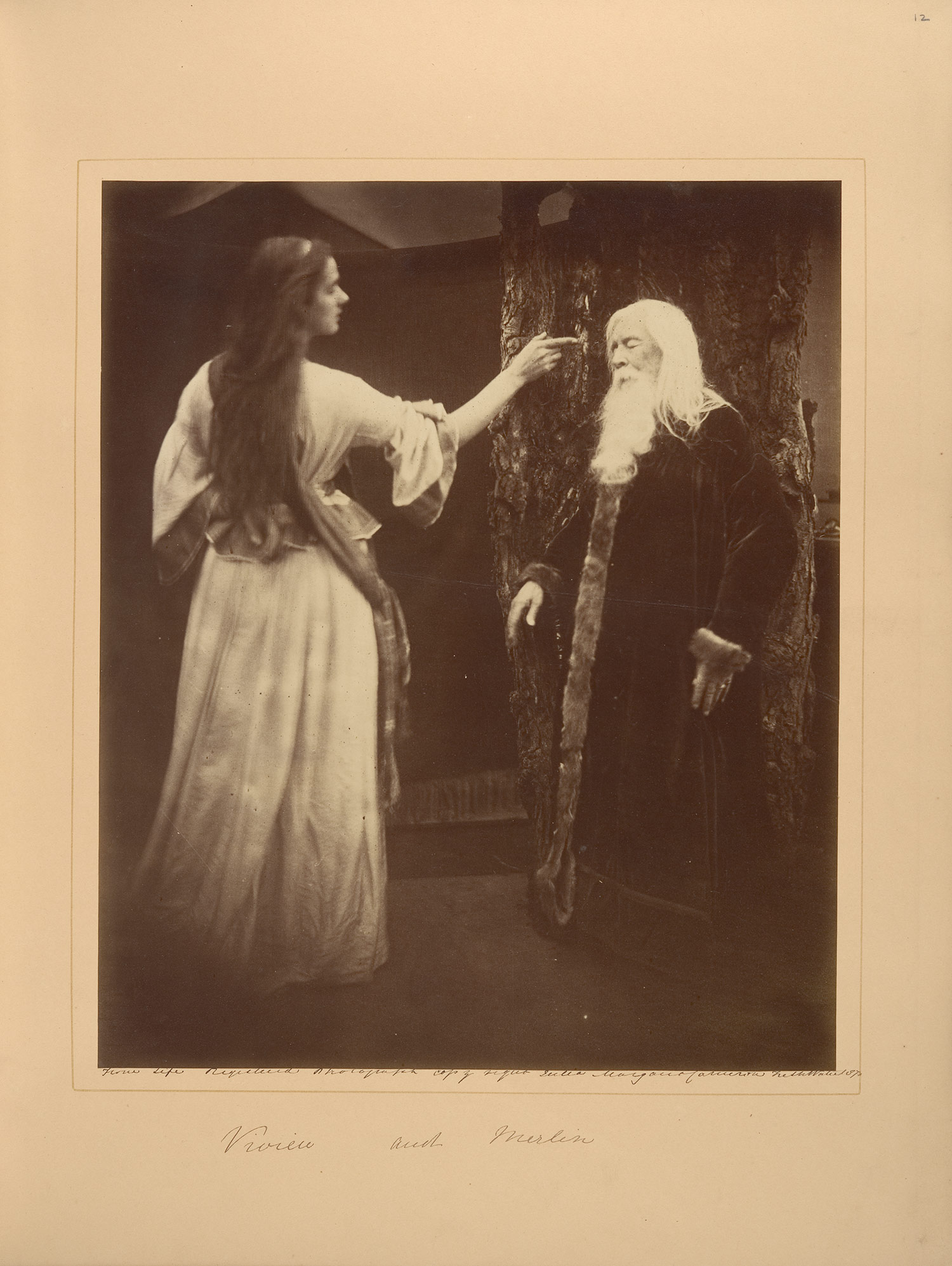



Friday, October 11, 2013
Close up Photos
In this assignment we were suppose to take pictures like Imogen Cunningham and get really close on your subject and have the rest of the picture blurry. I had my camera set for aperture priority and had it on the smallest number possible so it created a shallow depth of field. For my first picture I captured pancakes being made and had on of them in focus while the others are blurry. The second photo I took was outside of the school of a single flower rising above all of the other flowers as you can see the school, the flag posts, and some of the other flowers in the background. The last picture I have was taken during class of the bouquet of flowers. I got as close to the white flower as I could and focused on it so the rest of the flowers were slightly blurry and it came out okay. It was very interesting trying to take pictures like Imogen Cunningham's and I enjoyed the project.
Wednesday, October 9, 2013
Alfred Stieglitz
Alfred Stieglitz was born in 1864 in Hoboken, New Jersey. He originally went to school for engineering in Germany then returned to New York to try to prove photography was an art form as much as painting or sculpting. Stieglitz had a different process of taking photos and he acheived his goals by taking pictures of natural elements as seen on the bottom such a snow, steam, rain, etc. By 1917 he changed his opinions about how he should take photos and thought it was more of an art form to take photos that represent modern day life like the picture shown below.
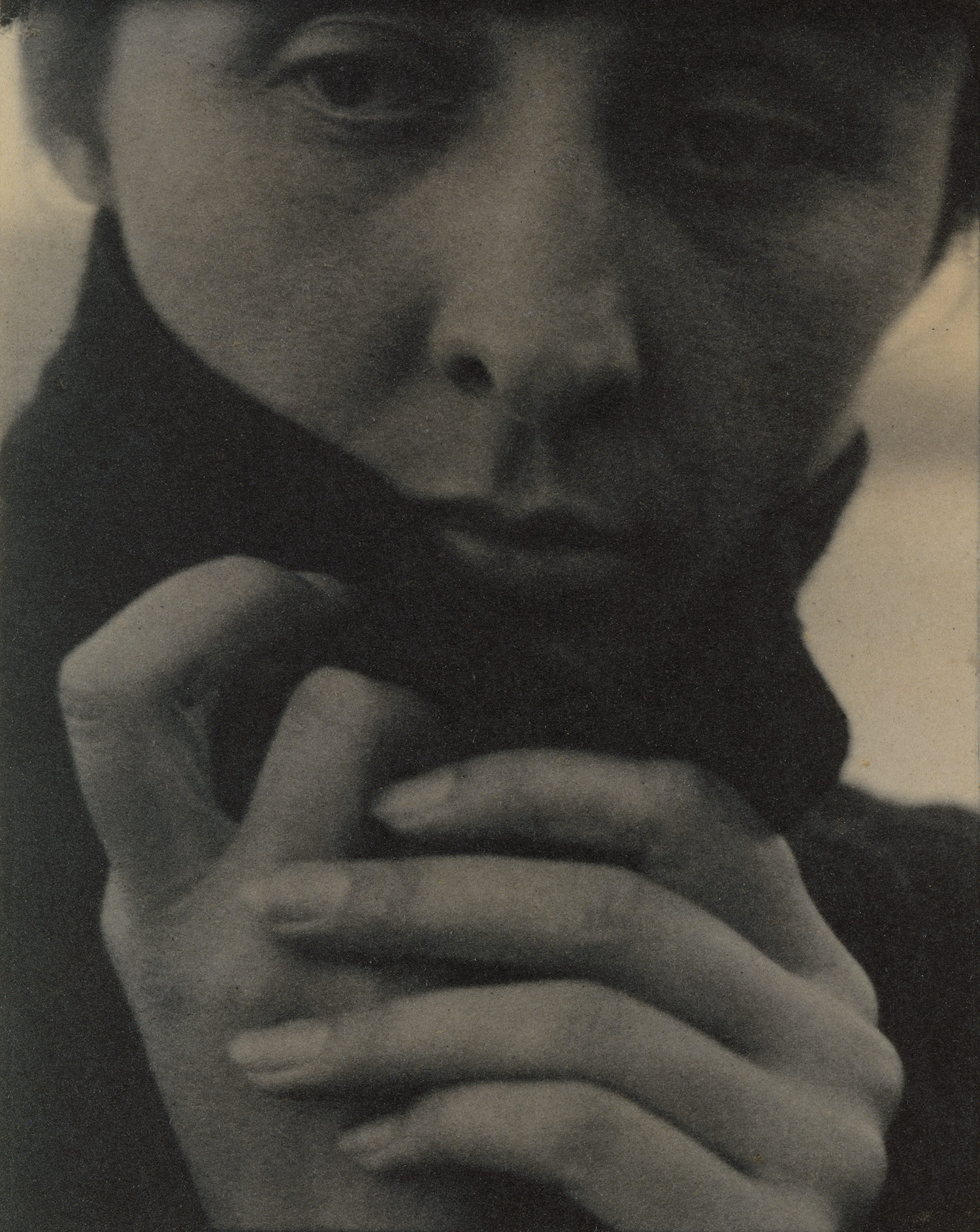
Near the end of his life he devoted his time to keeping his galleries open and took photographs less frequently. One of his final photographs was taken from the window of one of his galleries as seen below on the left and is titles "Looking Northwest from the Shelton." Stieglitz died in 1946 being remembered as a great and inspirational photographer.
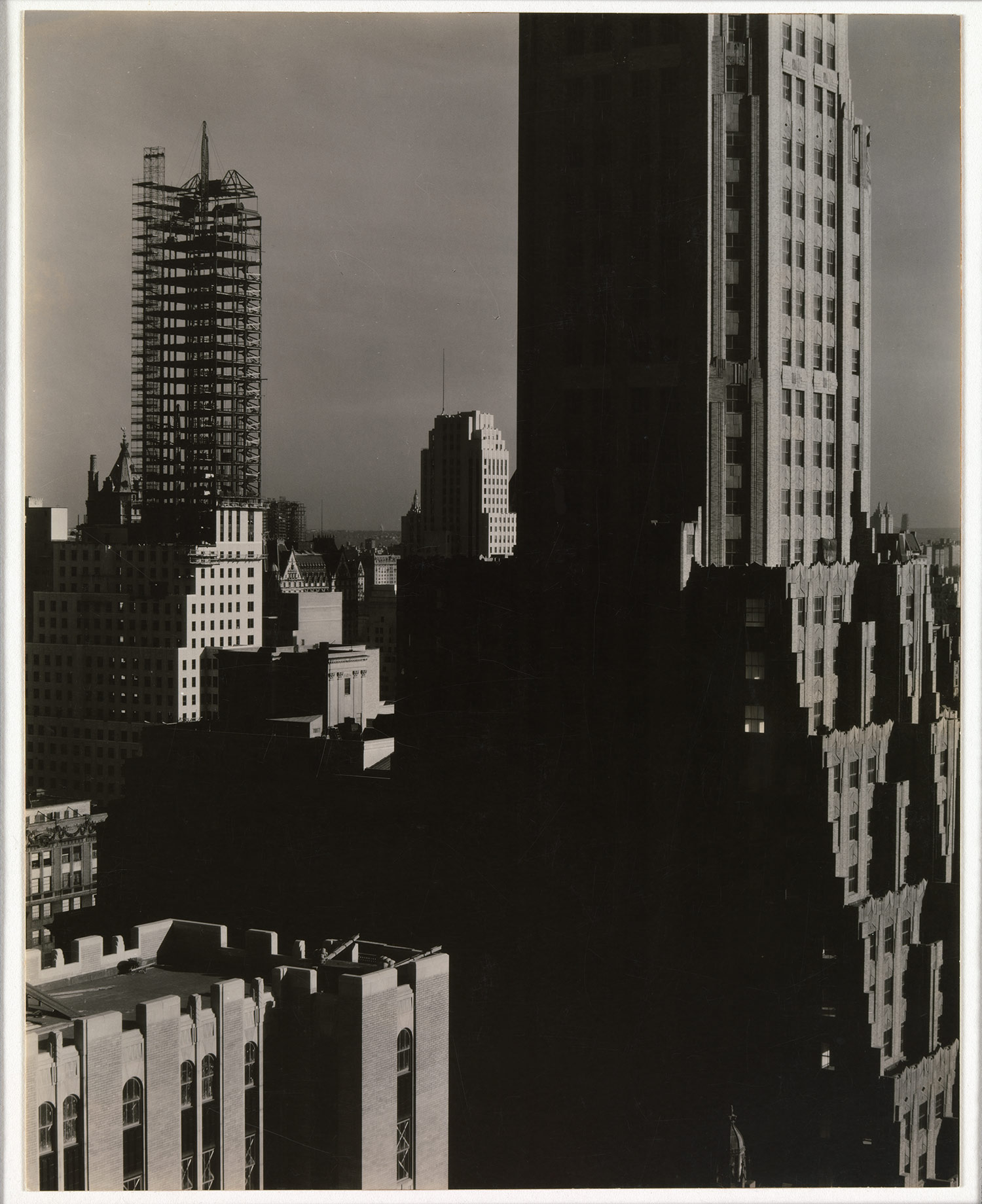


Near the end of his life he devoted his time to keeping his galleries open and took photographs less frequently. One of his final photographs was taken from the window of one of his galleries as seen below on the left and is titles "Looking Northwest from the Shelton." Stieglitz died in 1946 being remembered as a great and inspirational photographer.


Subscribe to:
Posts (Atom)












